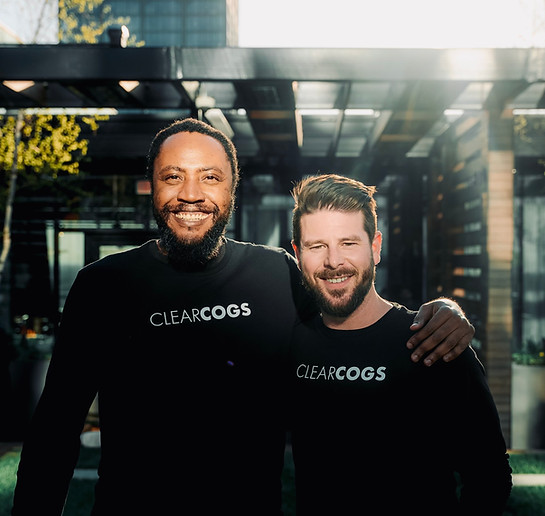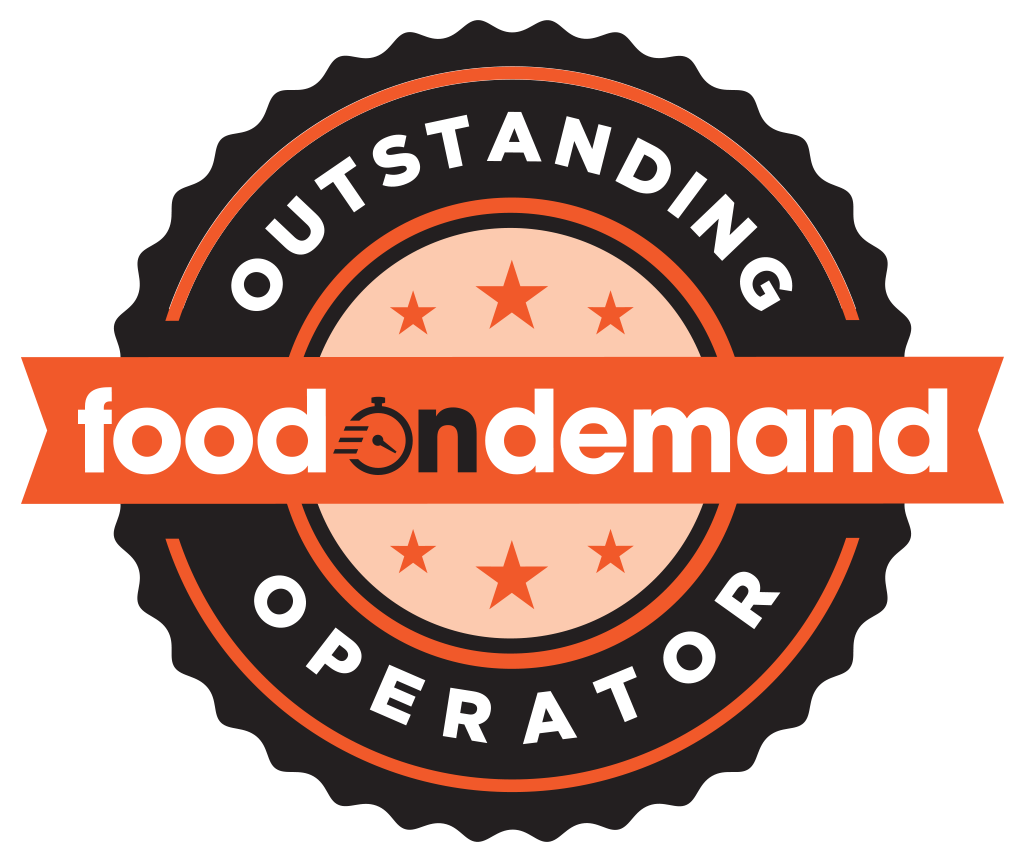When Matt Wampler, co-founder of ClearCOGS, a company that provides AI-powered forecasting tools for restaurants, ran Jimmy John’s restaurants in the Washington, D.C., suburbs, he had an old-fashioned approach to inventory management.
“A couple hours prior to close, when we would have to decide whether to bake another cycle of bread, our managers would stick their heads out the door and look around,” he said in an interview. “Is it raining? Are there lines at the bar? That was how we decided. Then we would either bake enough or run out. That’s often where our margins were determined. We were using Excel spreadsheets and guessing.”
He knew there had to be a better way. After he exited the restaurants in 2018, after making them profitable, he kept thinking. He learned to code during the pandemic. Then he met Osa Osarenkhoe, who has a master’s in computer engineering. They started talking data science and the needs of restaurants. And three years ago they co-founded ClearCOGS.
ClearCOGS acts as a translator between complex machine learning and the needs of operators, providing real-time answers to daily operational questions, such as food prep and labor forecasting.
Knowing who will walk through your doors tomorrow is the industry’s great imponderable mystery. But Wampler says he has the tools to pretty much predict the future.
“Say you run a barbecue place. You smoke briskets each night for the next day. What we do is look at how much brisket you’re using every 15 minutes, for the past five years, 10 years. You can also look at days of the week, time of day, all kinds of variables. And with that information, you can have a good idea of how much brisket you’re going to use tomorrow,” he said.
That’s for starters. There are many other variables you can apply, from weather to performance of your limited-time offerings. But it’s not enough just to accrue data. Busy managers need to know what the data means.
“No manager wants analytics,” Wampler said. “No manager even wants a dashboard. They don’t have the bandwidth. We look at 100 million data points every day to come up with one answer. But the manager just wants the answer. That person just wants to know if it’s seven briskets tonight or 18 sticks of bread two hours prior to close. We do the analysis so a manager can see just one data point and make a decision that’s seamless.”
Wampler frames the real utility of AI as not just valuable to a tech stack but essential to managers trying not to blow their stack.
“It’s a ton of work to figure out these variables, and they change on a daily basis. It’s stressful. AI allows us to do that process for you. It can perform like a great general manager who is revisiting what happened yesterday. A general manager could do this if you gave that person a day to look at all the numbers. But now your general manager doesn’t have to. And that’s not why you hired your general manager. Our tools reduce the burden on your staff,” he said.
ClearCOGs offers up tantalizing data points on its site as part of its proposition to the market. Use its menu-forecasting tech, which integrates into Toast POS, and an operator can achieve 59 percent waste reduction and $2,000 to $10,000 in monthly savings. But as a former operator himself, Wampler knows the human benefits match the dollars and cents.
“Nobody gets into the industry because they want to deal with data,” he said. “They get into it for the hospitality. But right now the people who run successful restaurants are good at the analytics. It’s not necessarily who creates magical moments and has the best food. You have to be good at both.”
Wampler may have gotten in early when the industry is growing increasingly comfortable with AI to help with forecasting. “We’re working with more than 500 locations across five countries right now and doubling our revenue quarter over quarter,” he said.
AI may be nimble at predicting the future for a restaurant’s operations but no one knows exactly how much it will continue to transform the industry. But to Wampler, that’s part of the kick.
“We’re in the early innings,” he said. “In 20 years there’s probably going to be robotic kitchens and AI running a lot of this. We’re not there yet. But there are things like our products that are practical-use cases that you can use to start dipping your toe in and familiarizing yourself with the technology and seeing the value. These are tools I wanted back in the day.”


